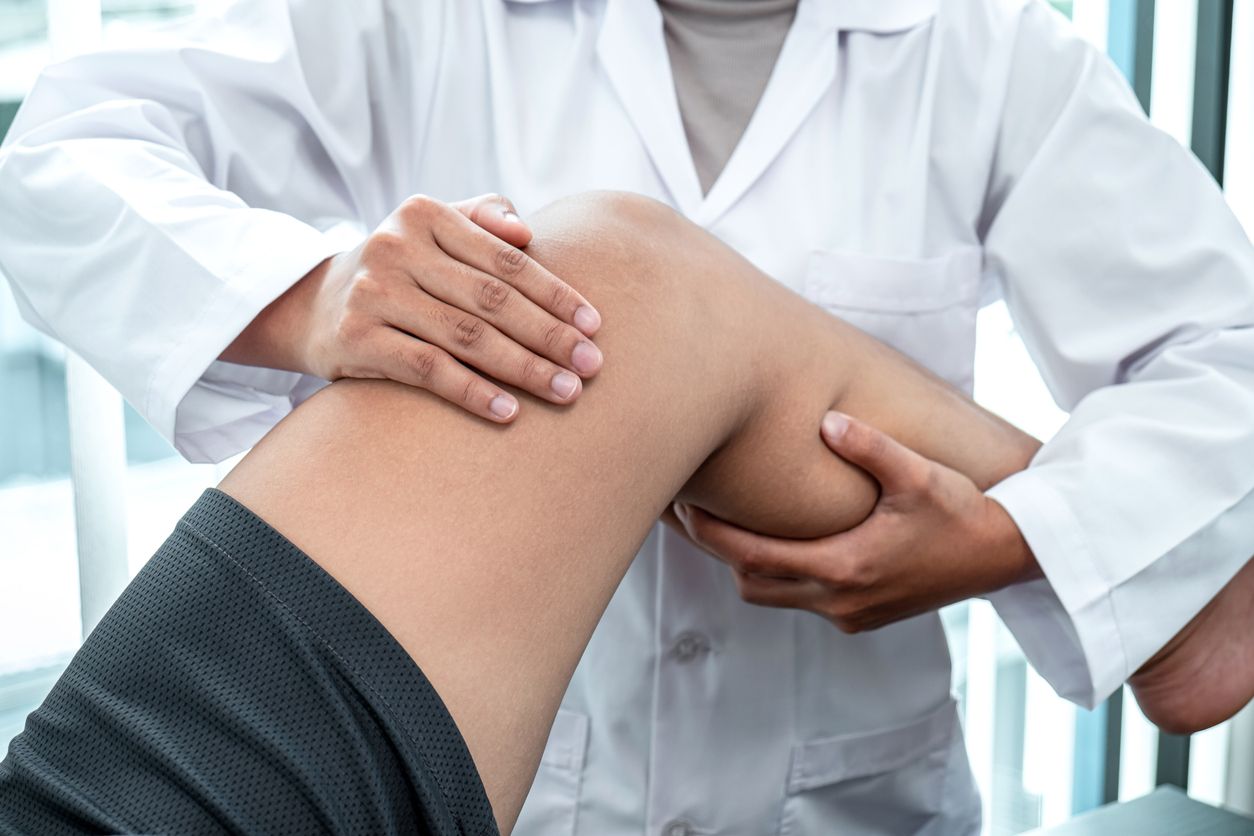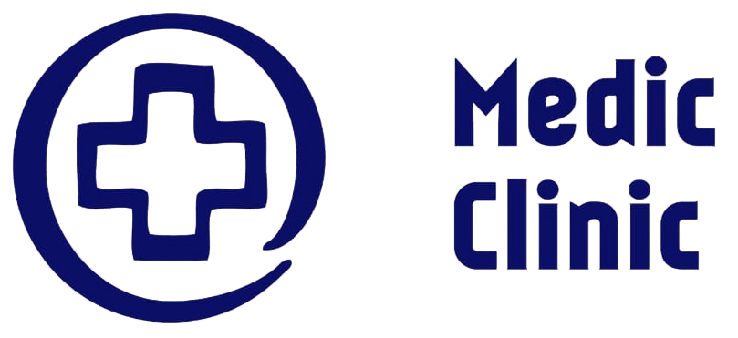Orthopedics
An orthopedic doctor is a healthcare professional who specializes in treating problems related to the musculoskeletal system, including bones, muscles, ligaments and tendons. At Medic Clinic, orthopedic doctors can help diagnose and treat a wide variety of orthopedic problems, such as sports injuries, arthritis, osteoporosis, and bone deformities. They can also prescribe medications, advise on rehabilitation exercises and, in some cases, perform surgeries. If you are dealing with an orthopedic issue or simply want to check the health of your bones and muscles, contact Clínica Medic Clinic to schedule an appointment with one of their orthopedic doctors.
Some of the most common diseases that orthopedists take care of
Some of the most common illnesses that orthopedic doctors treat include:
- Sports injuries: injuries to muscles, tendons and ligaments that occur during physical activities or sports.
- Arthritis: an inflammatory disease that affects the joints and can cause pain, swelling and stiffness.
- Osteoporosis: a condition in which bones become weak and prone to fractures.
- Limb axis deviation: a congenital deformity that causes one limb to be shorter than the other.
- Scoliosis: an abnormal curvature of the spine.
- Spinal stenosis: a narrowing of the spinal canal that can cause pain and muscle weakness.
- Fractures: breaks in bones caused by trauma or bone disease.
If you are dealing with any of these conditions or have another orthopedic problem, I recommend that you see an orthopedic doctor for proper treatment.
Specialist doctor
Accurate diagnosis
Affordable prices
Why should I look for an orthopedic doctor?
There are several reasons why you should see an orthopedic doctor:
- To treat orthopedic injuries: If you have suffered an injury to a bone, muscle, tendon, or ligament, an orthopedic doctor can help diagnose the cause of the injury and provide appropriate treatment.
- To treat orthopedic diseases: Orthopedic doctors can help treat orthopedic diseases such as arthritis, osteoporosis, and bone deformities.
- To avoid future health problems: Seeing an orthopedic doctor can help identify orthopedic problems in their early stages, which can help prevent more serious problems in the future.
- To improve quality of life: Treating orthopedic problems can help relieve pain and improve mobility, which can increase quality of life.
If you are dealing with any orthopedic issues or simply want to check the health of your bones and muscles, I recommend that you consult an orthopedic doctor for guidance and treatment.

What is orthopedic infiltration?
Orthopedic infiltration is a medical procedure that consists of applying medication directly to the joint or the tissues around it, using a needle. These medications may include local anesthetics, anti-inflammatories and corticosteroids. The main objective of this procedure is to relieve pain and inflammation, promoting an improvement in the patient's mobility and quality of life.
What is orthopedic infiltration with hyaluronic acid?
Orthopedic infiltration with hyaluronic acid is a procedure that involves injecting hyaluronic acid directly into the joint, especially joints affected by osteoarthritis. Hyaluronic acid is a substance naturally present in the synovial fluid of the joints, where it acts as a lubricant and shock absorber, helping to facilitate movement and reduce friction between the joint surfaces.
How is it carried out?
Infiltration with hyaluronic acid is performed in an outpatient setting. The doctor injects hyaluronic acid into the affected joint, often using imaging guidance, such as ultrasound, to ensure the accuracy of the injection. The procedure is usually quick and can be done under local anesthesia to minimize discomfort.
Benefits of hyaluronic acid
- Lubrication and Cushioning: Improves the quality of synovial fluid, increasing lubrication and the ability to absorb shocks.
- Pain Relief: Reduces pain associated with osteoarthritis, providing longer-lasting relief compared to corticosteroids.
- Improved Mobility: Helps restore joint function and mobility, allowing greater ease of movement.
- Anti-inflammatory Properties: Although less potent than corticosteroids, hyaluronic acid can also reduce inflammation to some extent.
Differences between infiltration with hyaluronic acid and traditional infiltrations
Composition of Medicines
- Traditional Infiltration: Uses local anesthetics, corticosteroids and, occasionally, other anti-inflammatory substances.
- Infiltration with Hyaluronic Acid: Uses hyaluronic acid, a substance that imitates natural synovial fluid.
Mechanism of action
- Traditional Infiltration: The main objective is to reduce inflammation and provide rapid pain relief through corticosteroids. Local anesthetics offer immediate but temporary relief.
- Hyaluronic Acid Infiltration: Focuses on improving joint lubrication and restoring normal joint function, providing long-term pain relief.
Effect Duration
- Traditional Infiltration: Provides quick but usually short-lived relief (a few weeks to months).
- Hyaluronic Acid Infiltration: May provide longer-lasting relief, lasting from several months to a year, depending on the patient and the condition treated.
Main Indications
- Traditional Infiltration: Indicated for a wide range of inflammatory and painful conditions, such as tendinitis, bursitis, carpal tunnel syndrome, epicondylitis, among others.
- Infiltration with Hyaluronic Acid: Mainly indicated for osteoarthritis, especially in large joints such as knees and hips.
Side Effects and Risks
- Traditional Infiltration: May cause side effects such as temporary pain at the injection site, risk of infection and, in rare cases, weakening of nearby tissues due to repeated use of corticosteroids.
- Hyaluronic Acid Infiltration: Generally well tolerated, with minimal side effects such as temporary pain at the injection site or swelling. Lower risk of tissue weakening compared to corticosteroids.
Application Frequency
- Traditional Infiltration: Can be repeated several times a year, but with limitations due to the potential adverse effects of corticosteroids.
- Hyaluronic Acid Infiltration: Typically performed in a series of injections (usually once a week for 3 to 5 weeks) and can be repeated annually or as needed.
Benefits and Limitations
- Traditional Infiltration: Excellent for rapid pain relief and control of acute inflammation, but with a temporary effect and potential for adverse effects with repeated use.
- Infiltration with Hyaluronic Acid: Provides longer-lasting relief, improves lubrication and joint function, but may take longer to show full effect and is more specific for osteoarthritis.
The choice between a traditional infiltration and an infiltration with hyaluronic acid should be based on the patient's specific condition, treatment goals and the specialist doctor's recommendation.
Schedule your appointment easily

1.
Online agenda
2.
Schedule via whatsapp
3.
Telephone schedule
4.
We are ready to serve you
What people say about us




